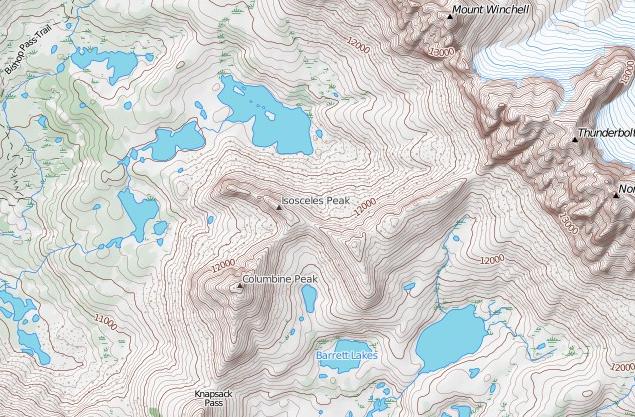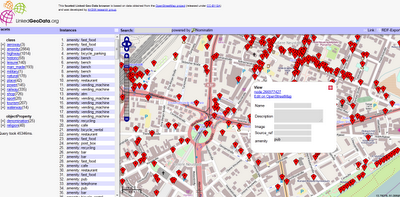Yahoo! Maps APIs Service Closure – Due 13th September 2011
(And suggest working/moving to Nokia Maps and Nokia Maps API)
“As part of Yahoo!’s commitment to creating deeply personal digital experiences, we have been reprioritizing our current portfolio of mapping products to refocus on a great consumer Mapping and Local Search experience. After careful consideration, Yahoo! will no longer support the below Maps APIs as of Sept 13, 2011. However, we are continuing to invest in our core maps offering at Yahoo! and later this year will announce more details of our strategic partnership with Nokia, so stay tuned!
We will continue to support a number of location APIs and encourage you to use our Placefinder API for geocoding, our Local Search API and Placemaker for geoparsing.
In the meantime, we have decided to close the following Maps APIs:
- ActionScript 2 & 3 (Flash APIs)
- AJAX Maps 3.6, 3.7, 3.8
- REST API (Map Image API)
- Simple API – (No coding)
- GeoRSS – Version 2
Supported Geo APIs and alternative services
Yahoo will continue to support a number of location APIs. We encourage you to use our Placefinder API for geocoding. The Local Search API remains available and Placemaker is still available for geoparsing.
Developers who wish to implement maps, routing and traffic into their web pages may use third-party developer networks for mapping services. We suggest using maps from our partner Nokia. Please go to api.maps.ovi.com/ for more information.
Q&A
Q: On what exact date will the Yahoo! Maps APIs be shut down?
A: Yahoo! will no longer offer the Maps API service as of September 13, 2011.
Q: Why is Yahoo! removing the Maps APIs service?
A: In order to focus on our core strengths and deliver new innovations, we are reprioritizing our portfolio of products and services – increasing investment in some areas while scaling back in others. This will allow us to continue improving the Yahoo! Maps and Local Search experience and allow us to focus on providing best-in-class digital media, content and communications experiences.
Q: What Maps APIs will remain available for developers?
A: Placefinder, Placemaker and Local Search will continue to be supported.
Q: What other resources are available to developers wishing to use maps?
A: Developers who wish to implement maps, routing and traffic into their web pages may use third-party developer networks for services. We suggest using maps from our partner Nokia. Please go to api.maps.ovi.com/ for more information.
Q: What is the status of Nokia integration with Yahoo! maps and navigation services?
A: This work is in-progress and we plan to have something to announce later this year.”

